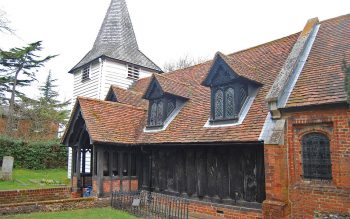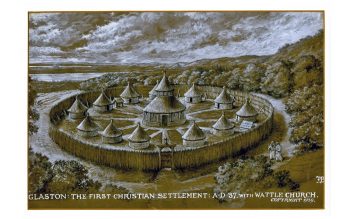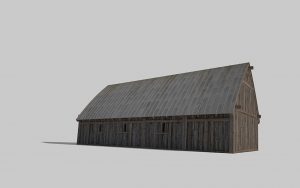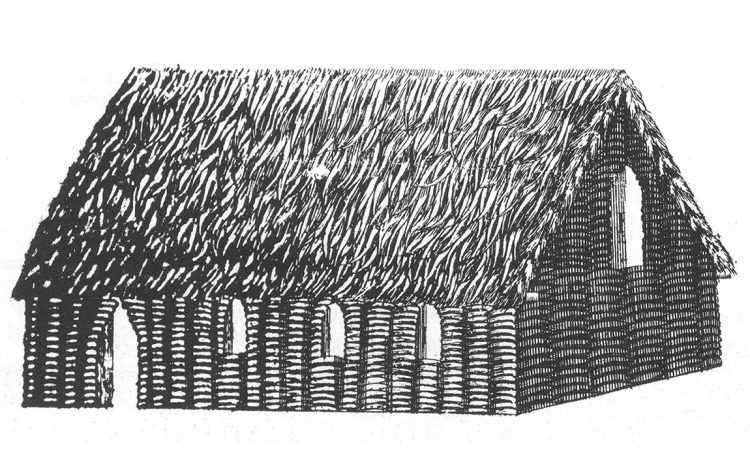The Legend of the ‘Old Church’
Sources
Glastonbury Abbey claimed to have developed from an ‘Old Church’. A fire destroyed the Old Church in 1184 but its description appears in earlier sources. Around 1130, William of Malmesbury described Glastonbury’s ancient ‘brushwood’ church. He suggested that missionaries founded it in AD 166. William thought it could even date back to the time of Christ’s apostles.
“The church at Glastonbury… is the oldest of all those that I know of in England… In it are preserved the bodily remains of many saints, and there is no part of the church that is without the ashes of the blessed. The stone-paved floor, the sides of the altar, the very altar itself, above and within, are filled with relics close-packed. Deservedly indeed is the repository of so many saints said to be a heavenly shrine on earth.”
As William’s history of Glastonbury was re-copied, people made new additions. The 14th-century monks claimed that the Old Church was founded by Joseph of Arimathea in the year AD 63. According to the Bible, Joseph was the man who gave Jesus his tomb and he was believed to be Christ’s great uncle.
Timber churches
In 1184 a fire destroyed the Old Church. Any final traces were lost when the crypt was dug into the Lady Chapel around 1500, so the form and appearance of the Old Church can only be conjectured.
There is a small amount of evidence from the early timber phases of churches at other sites. The early phase of the timber church at Greensted in Essex dates to around 1050 and consists of split logs stood on end to form the walls.
Previous generations reconstructed the Old Church in different ways. The abbey’s first archaeologist, Frederick Bligh Bond, suggested that it may have resembled an Iron Age round house.


Archaeological evidence for early churches elsewhere in England suggests that the Old Church would have been rectangular in plan. It is also likely that the Lady Chapel followed the same rectangular footprint and orientation as the original Old Church.
Reconstructing the ‘Old Church’

This new reconstruction of the Old Church is not based on excavated archaeological evidence as the original structure was destroyed. However, there is firm historical evidence for an early church on this site and archaeological evidence for a settlement at Glastonbury Abbey around AD 500.
The reconstruction of the Old Church is based on Anglo-Saxon buildings excavated elsewhere in England. Anglo-Saxon buildings of the 5th or 6th century were timber-framed with panels of wattle. This was made by interweaving wooden rods sealed with clay, or mud mixed with straw. They were roofed with thatch.
The second phase reconstruction of the Old Church around the 7th century draws on William of Malmesbury’s description. William suggested that the walls of the ‘brushwood’ church were strengthened with a layer of boards. These boards were covered from the top down with lead. It is difficult to know exactly what William saw but he may have been referring to a lead roof.

